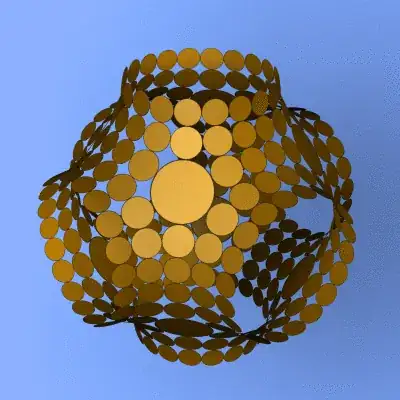From my limited perspective, it appears that the understanding of a mathematical phenomenon has usually been achieved, historically, in a continuous setting before it was fully explored in a discrete setting. An example I have in mind is the relatively recent activity in discrete differential geometry, and discrete minimal surfaces in particular:

Image: A discrete Schwarz-P surface. Bobenko, Hoffmann, Springborn: 2004 arXiv abstract.
I would be interested in examples where the reverse has happened: a topic was first substantively explored in a discrete setting, and only later extended to a continuous setting. One example—perhaps not the best example—is the contrast between $n$-body dynamics and galactic dynamics. Of course the former is hardly "discrete," but rather is more discrete than the study of galaxy dynamics leading to the conclusion that there must exist vast quantities of dark matter.
Perhaps there are clearer examples where discrete understanding preceded continuous exploration?